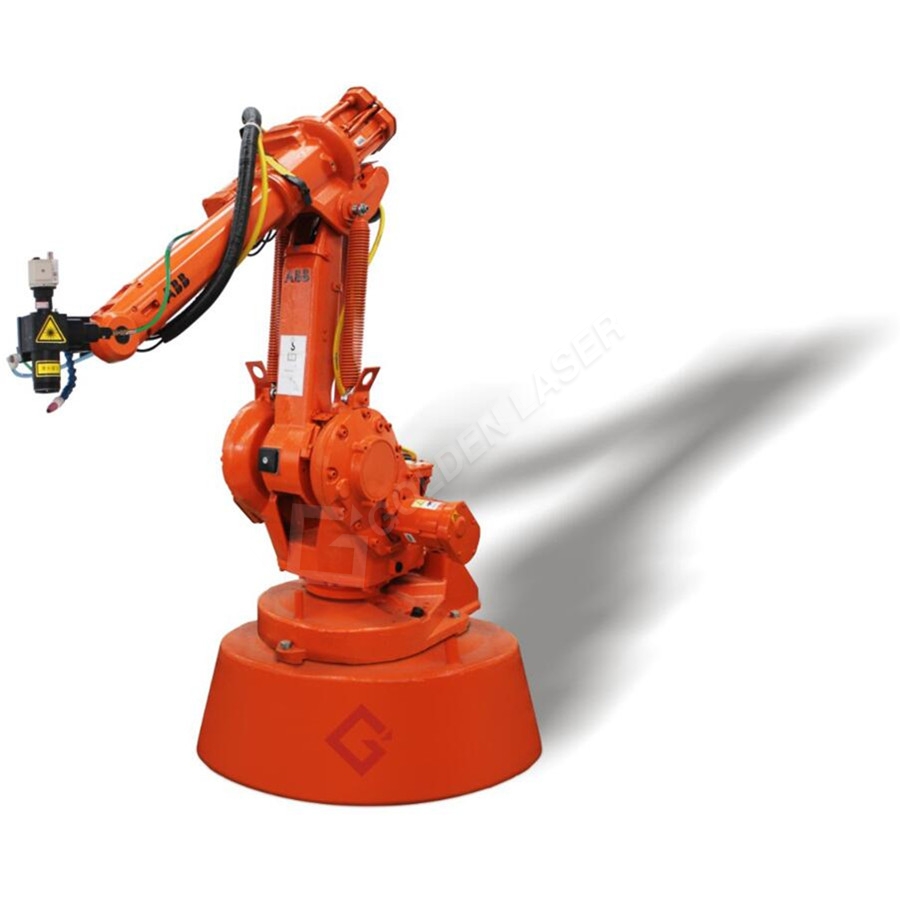
ENSIS 3015 RI 3kW Fiber Laser with Rotary Index: ENSIS technology automatically adjusts the laser beam’s properties to process thin-to-thick material without a lens change. The laser easily switches between flat sheet cutting to tube or pipe cutting in less than two minutes and processes round, square, rectangle, C-channel, and angle iron.
Among the highlights of the sale is a 1050w Parkside hammer drill which you can pick up for just £39.99.
Actually there are quite a lot of problems with the video. 1st: the hot rims are most likely due to braking friction. 2nd: thermal camera only detects motors that are in use. With limited space for batteries, most motors can run 10-20min (of 5-6h race). I doubt they got that lucky and caught each use. Some other instances can be due to bearing friction (a slightly worn bearing might generate enough to show up). 3rd: downtube is where the battery for electrical shifters usually is. This might also heat up.
He did say in one of the videos that he was going to design a ZVS but found it easier to just buy both units and plug it all together (he also said he was going to put links to the ones he bought in the notes for the videos but I’ve not seen anything). When one “builds”, it can cover quite an extreme range so HaD are using ‘built’ in the way people ‘build’ flat-pack furniture rather than meaning they chopped down the trees. However, to give [Proto G] some credit, he has been building the heating vessels himself.

There may also be hope in the new trade agreement that Trump negotiated with Canada and Mexico. But, in light of Trump’s recent proclamation that he’s “Tariff man,” and his apparent willingness to renege on his deal with China, no one seems certain about what lies ahead. “We’re still waiting on our exclusions,” Pratt told me the other day. “Soon is not soon enough.”
Dave Thomas, Haffner Murat’s Managing Director, said: “The AL-220/70 Aluminium Machining Centre has been designed for the serious fabricator who wants to step up production. The work rate of this machine is staggering and consistency and accuracy is key when you are looking to step up your output.”
We love it when we look back over our testing notes, written over several weeks, and find pages and pages littered with words like ‘great’, ‘excellent’ and ‘outstanding’. Excluding some expletives about the supplied charger, the RMA 448 TC delivered all that and a very neatly mowed lawn besides.
Technology developments on display at EuroBlech 2014 continue to deliver efficiencies that help metal fabricators stay competitive.

BySort is the new extension module for the ByTrans Cross loading and unloading automation system. The upgrade sorts the completed cut parts and thus accelerates the automation cycle of all the processes related to fiber laser cutting.
Adding a gas mixer can also benefit the cutting of mid-thickness mild steels. This range may include 11-gauge, 7-gauge, 1/4 in., and 3/8 in. materials that were previously cut using oxygen with a CO2 laser. Now with the advantages of high wattage fiber lasers, these materials can be cut with nitrogen or, better yet, with a mix of gases. As previously mentioned, this can result in a 20–30% increase in feed rates with as much as a 70% reduction in the consumption of assist gases, compared to conventional fiber nitrogen cutting. This advanced cutting solution is achieved through nozzle techniques as well as gas purity levels and flow rates.
20 to 60W is for the rear wheel one. The one on the crank are said to be around 250W (they are r/c brushless motors). The battery is just inside the tubes on top of the engine, or wherever you can put it. The best cyclist, can put out arount 400W when pushing hard, but at this level of competifion 50W can be a game changer. Needless to say that 250W can get any amateur put lance armstrong to shame.
“As a black editor-in-chief of Vibe, a major music and culture magazine, style and fashion were a big part of the content we created. We would go to the men’s shows every season and the protocol for fashion is that editor-in-chiefs sit front row. Many of the big houses, Armani, Prada, Gucci respected that. There were other houses, however, that would not and they would have me seated on the second row. The first couple of seasons, because I didn’t really understand the protocol, I would sit on the second row. Once I realized that editor-in-chiefs sit front row, I demanded that. I was very black about it and I didn’t care.”—Emil Wilbekin, Chief Content Officer, Afropunk
continue to enhance, to be certain solution top quality in line with market and buyer standard requirements. Our corporation has a excellent assurance program are actually established for Cnc Metal Pipe Cutting , Rectangular Tube Cutting Machine , Pipe Cutting Machine Video , Our focus on product quality, innovation, technology and customer service has made us one of undisputed leaders worldwide in the field. Bearing the concept of "Quality First, Customer Paramount, Sincerity and Innovation" in our mind, We have achieved great progress in the past years. Clients are welcomed to buy our standard products, or send us requests. You will be impressed by our quality and price. Please contact us now!
